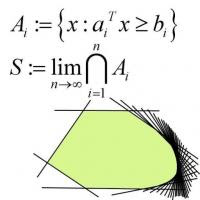I would like to add detail to a previous post on revising National Service in view of the intent behind its original design and the strategic picture of defence today.
We can reduce the reservist cycle and at the same time increase our "readiness". In so far as "readiness" is positively associated with how seriously our reservists take their training, there is an obvious way to do both things simultaneously. Suppose we cut the reservist cycle down to 8 mandatory in-camp training sessions with at least 5 high-key sessions (down from 7), with up to 2 more high-key ICTs should performance in the ATEC appraisals not be satisfactory. (These appraisals are are done by assessors outside the unit in question.)
The incentives are clear. Soldiers will train hard for themselves and their friends to avoid the two possible "remedial training" sessions. By and large, we would expect to cut down the reservist cycle down to 8 in-camp sessions (down by 2 high-key ICTs) and experience an improvement in training standards. This is a win for the public purse, a win for the soldiers, and a win for national defence.
Once again, let me reiterate that cutting the cycle is realistic given the realities of modern warfare. The reader may refer to the previous article for the (short) argument. Now let me move to estimates of the potential annual cost savings.
With 35000 per cohort of NSFs/reservists, expected to be earning $3000 per month by the time they have served 8 ICTs, and given that a high-key ICT takes up at least 40% of the days of a month, the reduction will save about $84M. This is not too shabby, but it is only about 0.7% of the defence budget.
Subscribe to:
Post Comments (Atom)




No comments:
Post a Comment